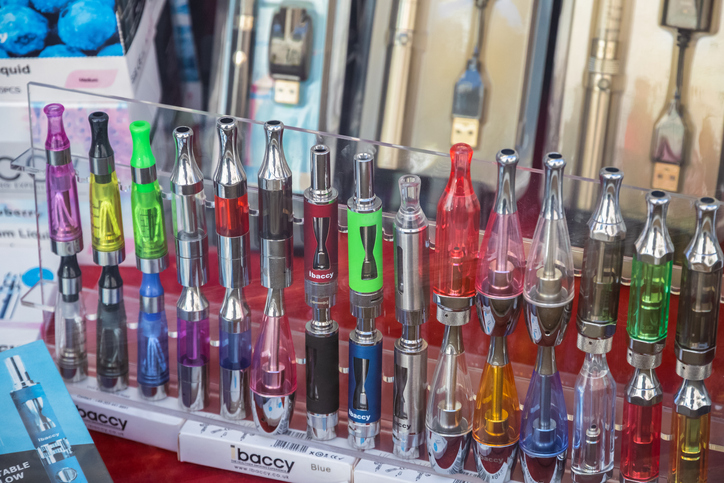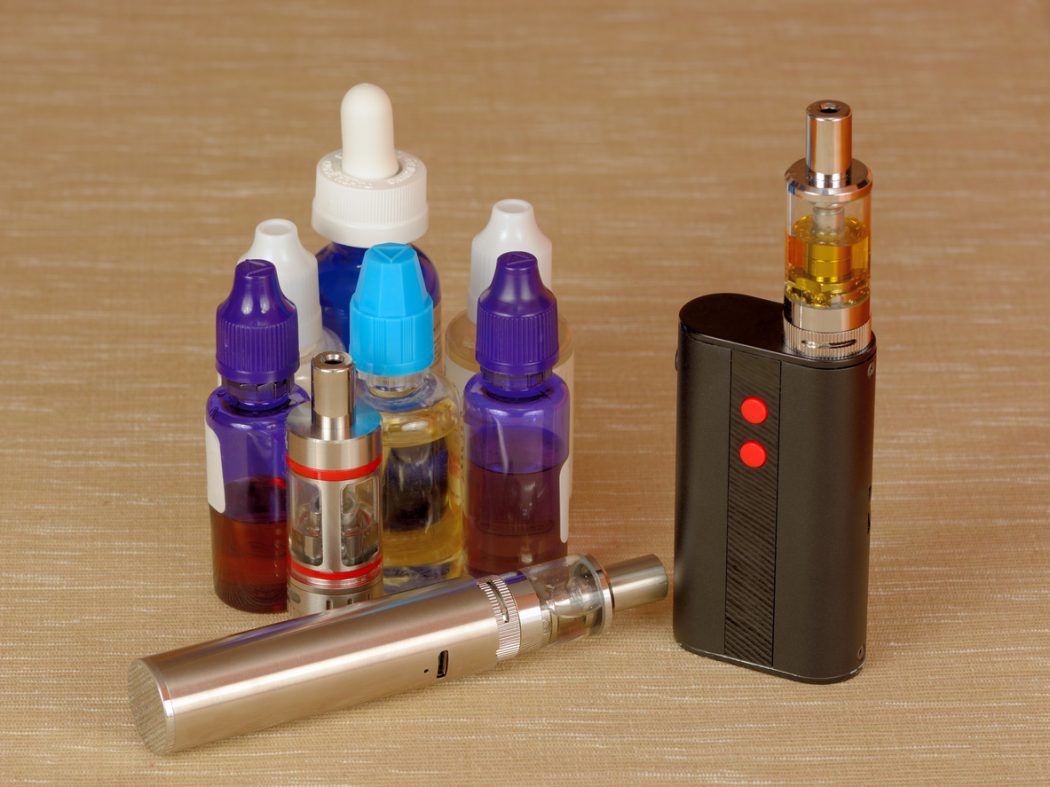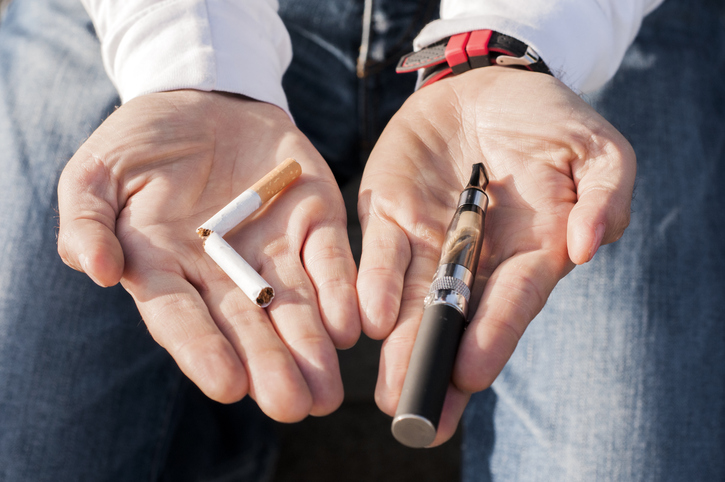Where are the medicinal vapes?
December 8, 2022

One year on, we are yet to see some traction on licensing e-cigarettes as a medical product
By Kiran Paul
IT has been over a year now that the Medicines and Healthcare products Regulatory Agency (MHRA) has published its updated guidance for licensing electronic cigarettes and other inhaled nicotine-containing products (NCP) as medicines.
The guidance, paving the way for medicinally licensed e-cigarette products to be prescribed on the NHS in England for tobacco smokers who wish to quit smoking, was hailed at the time as a major step in the government’s smoke-free ambitions.
But, no e-cigarettes have been authorised as medicinal products since the regulatory guidance was updated on 29 October 2021, and experts see perceptional issues might be behind the lag.
“Despite the guidance provided, we have yet to see a product approved via the MAA (marketing authorisation application) pathway, nor any announcements by an applicant that a submission has been made,” Chris Allen, chief executive at scientific consultancy Broughton, told Vape Business.

“Some argue that smokers don’t want to be seen as ‘patients’. However, it is important to remember that the definition of medicine covers the prevention of disease, not just the treatment. Well over 50 percent of smokers will die from a smoking related disease, so although individuals may not see themselves as ‘patients’ now, the likelihood is that unless they find an alternative now, they will certainly be a ‘patient’ in the future,” he added.
Given the negative campaign surrounding the vapes, the medicinal route could also be a boost to promote the safety of the product and its harm reduction potential, Allen said.
“Unfortunately, the perception of the relative safety of vaping products has rapidly declined over the past few years, both in the eyes of consumers and healthcare professionals,” he noted. “The availability of an MHRA approved product can only help to restore that confidence and provide the ability to reach hardened and/or mistrusting members of the public, who have not yet found the right alternative to smoking.”
The MHRA, which said it is “unable to confirm or deny” whether they have received any MAAs, citing commercial confidentiality, however added that they will continue to support companies to encourage the licensing of e-cigarette products as medicines in order to support patient-centred care and access.
“We are committed to responding to the Tobacco Control Plan and support the UK government’s vision for a smoke-free generation by encouraging safe, high-quality and effective e-cigarette products to be licensed as medicines. Such products would need to meet the high standards expected of medicines and would be intended only for smokers of tobacco cigarettes who want to quit or reduce tobacco use,” a spokesperson for the MHRA told Vape Business.

Significantly, in the event of the license granted permits the e-cigarette product to be sold and supplied as a General Sales List (GSL) medicine, then the retailer does not need to be a pharmacy. People can buy GSL medicines from retail outlets such as convenience stores and supermarkets, as OTC drugs, alongside pharmacies where they would be available for self-selection.
“The default position is that, as per existing nicotine replacement therapies, these would be available through a General Sales License,” Allen explains.
“The license holder may then work with specific distribution channels in order to control where the product is sold. It would still be possible for a healthcare professional to prescribe the approved product.”
Once a company submits a marketing authorisation application to the MHRA, the standard national timeline for assessment of ‘high-quality’ applications is 150 days (80 days for initial assessment, 70 days for assessment of responses to any concerns raised), plus any time needed by the company to answer questions that arise during assessment.
“‘When’ we will see a product hit the shelves depends completely on where companies may be in the process, but also the quality of the application they’re compiling,” Allen says.
“The process for compiling and submitting the data, from the point of locking down the product and supply chain, takes approximately 18 months. The MHRA’s assessment phase lasts 150 days, broken down into two phases, with an intervening clock off period between the two phases. The clock off phase should last no longer than 60 days, unless further approval is sought and used for the applicant to address any areas concerns raised. Including approval, this means the entire process, from the point of product lockdown to approval, should be in the region of two years.”

So, it might be some time before we see such products on the market. But Allen adds that the Premarket Tobacco Product Application (PMTA) submitted to the US Food and Drug Administration (FDA) might be helpful for firms to purse an MAA with the MHRA.
“If data generated [for the PMTA] are specifically relevant to the MAA candidate, then data can certainly be used within the application,” he says.
“However, the MAA process contains some nuances that can make it difficult to directly apply PMTA data to an MAA. Even in the event that the majority of data cannot be lifted direct into the MAA, any data generated for the PMTA can be used to strengthen the Pharmaceutical Development section within Module 3. In addition, if the product is already on the US market, and successful, then this provides additional confidence in terms of consumer acceptance.”
As of late October, the FDA has authorised 23 tobacco-flavored e-cigarette products and devices under the PMTA pathway, including BAT’s Vuse and JTI’s Logic. They could well be the UK’s first OTC vapes!
